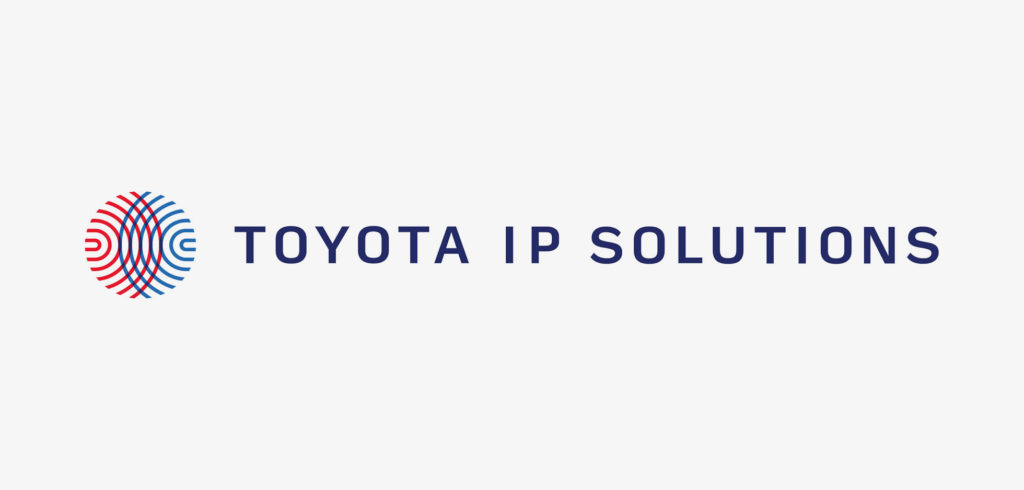Toyota has introduced a program to license its intellectual property to interested parties. The program badged Toyota IP Solutions is intended to help promote and serve as an access point for the licensing of patents to US and global companies.
“As one of the world’s leading patent providers, our intellectual property spans a wide range of technologies. We’re excited that the various technologies now being offered via the Toyota IP Solutions program are not limited to the automotive industry and many can be applied to other products,” said Chris Reynolds, chief administration officer, manufacturing and corporate resources for Toyota Motor North America (TMNA).
Initially the patent portfolios available for licensing will be in four areas: omnidirectional structural color, bio-active material, nano-material synthesis, and electronics thermal management. Additional portfolios are being assessed and will be offered in the future on a continuing basis.
The omnidirectional structural color portfolio showcases pigment compounds capable of reflecting specific wavelengths of light.
The bio-active cleaning materials portfolio showcases compositions of enzymes capable of breaking down organic materials, making stains and spills much easier to clean. These effective yet gentle enzymes can even remove insect bodies, fingerprints and other debris from the surfaces of automobiles. The patented bioactive enzymes can be incorporated into various substances, including paint coatings, cleaning fluids and furniture waxes.
The nano-material synthesis portfolio showcases novel compositions and methods which provide for quick and cost-effective production of high purity nanomaterials of virtually any chemical element or alloy. The technology will even allow for the synthesis of extremely high-quality electrodes and rare-earth-free strong magnets.
The electronics thermal management portfolio showcases cooling strategies that can be integrated into a power-dense electronics system to quickly control and dissipate the heat generated by the system. These patented materials, designs and methods can be incorporated into many types of systems, particularly small form factor systems, to decrease the overall heat load. As a result, more power-dense and efficient systems can be created.


